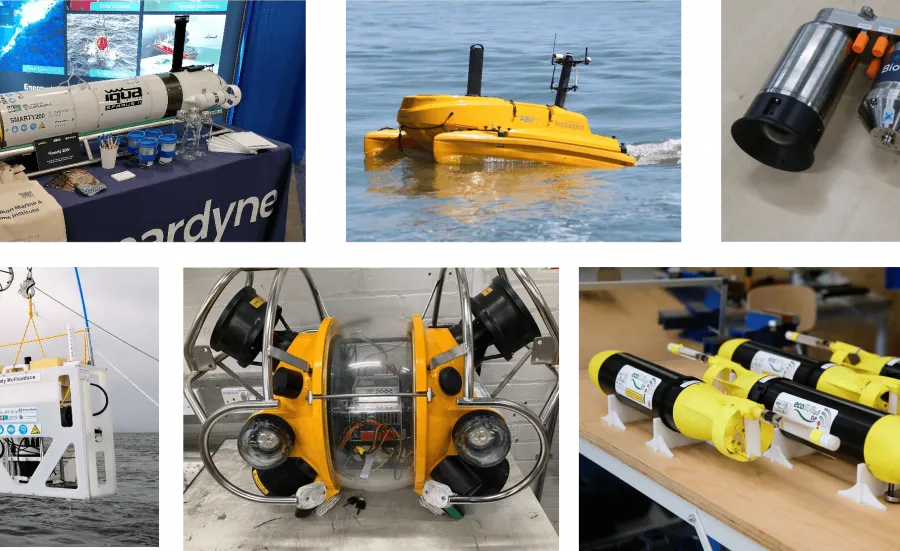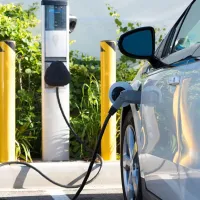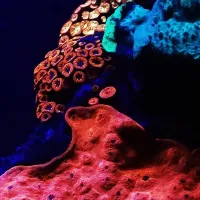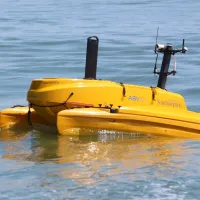About the Maritime Robotics and Instrumentation Laboratory (MRIL)
The Maritime Robotics Laboratory at the University of Southampton aims to develop the next generation of ocean going robots.
Robotic systems provide unrivalled opportunities to increase our understanding of the oceans. They are capable of exploring locations that are too dangerous or remote for manned vehicles.



